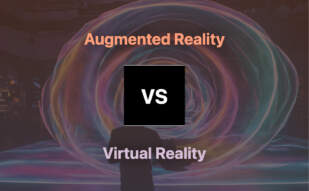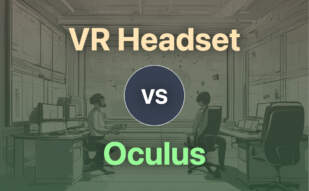In the juxtaposition of Virtual Reality (VR) vs Artificial Intelligence (AI), entrepreneurs inclined towards immersive technology with visual, auditory, and sensory aspects should favor VR advancements, whereas those focused on decision-making algorithms and continuous learning systems might find AI more useful.
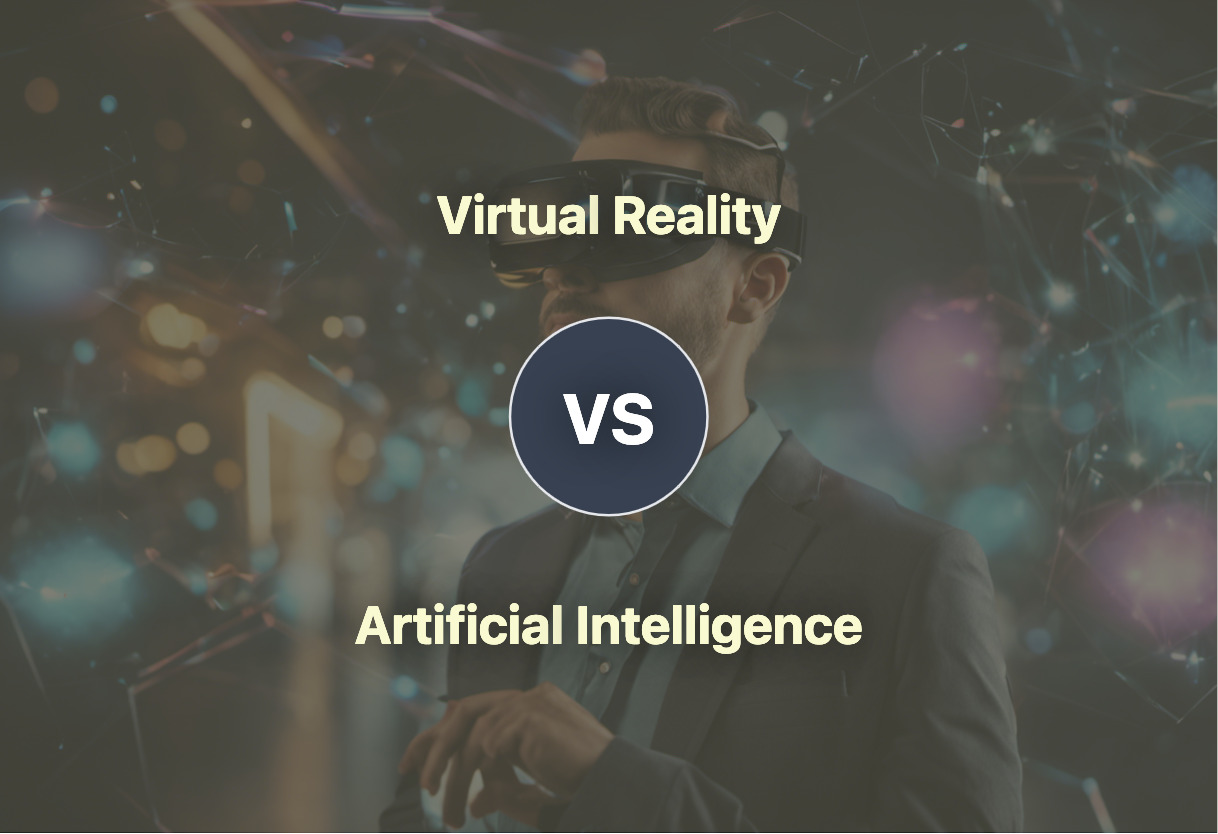
Key Differences Between Virtual Reality and Artificial Intelligence
- Origins: VR can trace its roots back to the 1800s photographic era while AI’s conceptualization began in the early 20th century.
- Development: VR development has focused on creating immersive experiences using multisensory stimulation, as seen with devices like the Sensorama and Telesphere Mask. AI advancements, exemplified by the Logic Theorist program, have centered on algorithms for decision-making and learning.
- Applications: VR is widely applied for simulating real-world environments, from flight simulators to gaming. AI finds utility in data processing, machine learning, and cognitive functions, with applications ranging from banking to tech industries.
- Challenges: VR faced interactivity issues with computer-generated environments, while AI initially wrestled with storage limitations and high computation costs.
| Comparison | Virtual Reality (VR) | Artificial Intelligence (AI) |
|---|---|---|
| Concept Conception | Roots back to 1800s with the era of practical photography, 1950s birthed first VR machine. | Concept popularized in the early 20th century followed by Alan Turing exploring AI’s mathematical capacity in the 1950s. |
| Initial Inventions/Development | 1838 saw the creation of the first stereoscope. The Sensorama was developed in 1956 by Morten Heilig. Thomas Furness developed the popular flight simulator in 1960. | First AI program, Logic Theorist was presented in 1956. AI expansion of algorithmic toolkit in 1980s. Edward Feigenbaum introduced expert systems. |
| Popularizing Innovations | Facebook’s acquisition of Oculus VR for $2 billion in 2014 bolstered the VR arena. Oculus Rift prototype featured 90-degree field of vision. | ‘Deep Learning’ popularized by John Hopfield and David Rumelhart. Deep Blue’s victory over world chess champion in 1997 pushed AI boundaries. |
| Current Application | Used in remote viewing of hazardous military situations. Extensively used in gaming and training simulations. | Widely used in tech, banking, marketing, entertainment industries. Drives data processing, machine learning, natural language processing and robotics process automation. |
| Future Trends | Increasingly integrated for sales, gaming, and training. Development towards real-time hyperrealism. | Driverless cars, AI languages, surpassing human cognitive abilities. AI widely applied to analyse Big Data. |
What Is Virtual Reality and Who’s It For?
Virtual Reality (VR) is a technology that simulates real-world environments and creates immersive experiences. Its roots date back to the 1800s. Over the years, VR has evolved significantly, with notable developments including the creation of the first head-mounted display device — Telesphere Mask in the 1960s, NASA’s use of VR systems, and Facebook’s $2 billion purchase of Oculus VR, which spurred VR momentum.
VR is a versatile technology beneficial to a wide demographic. It is essential for gaming, military training, education, and professional sectors, among other fields. VR has the power to revolutionize how we learn, work, and play.
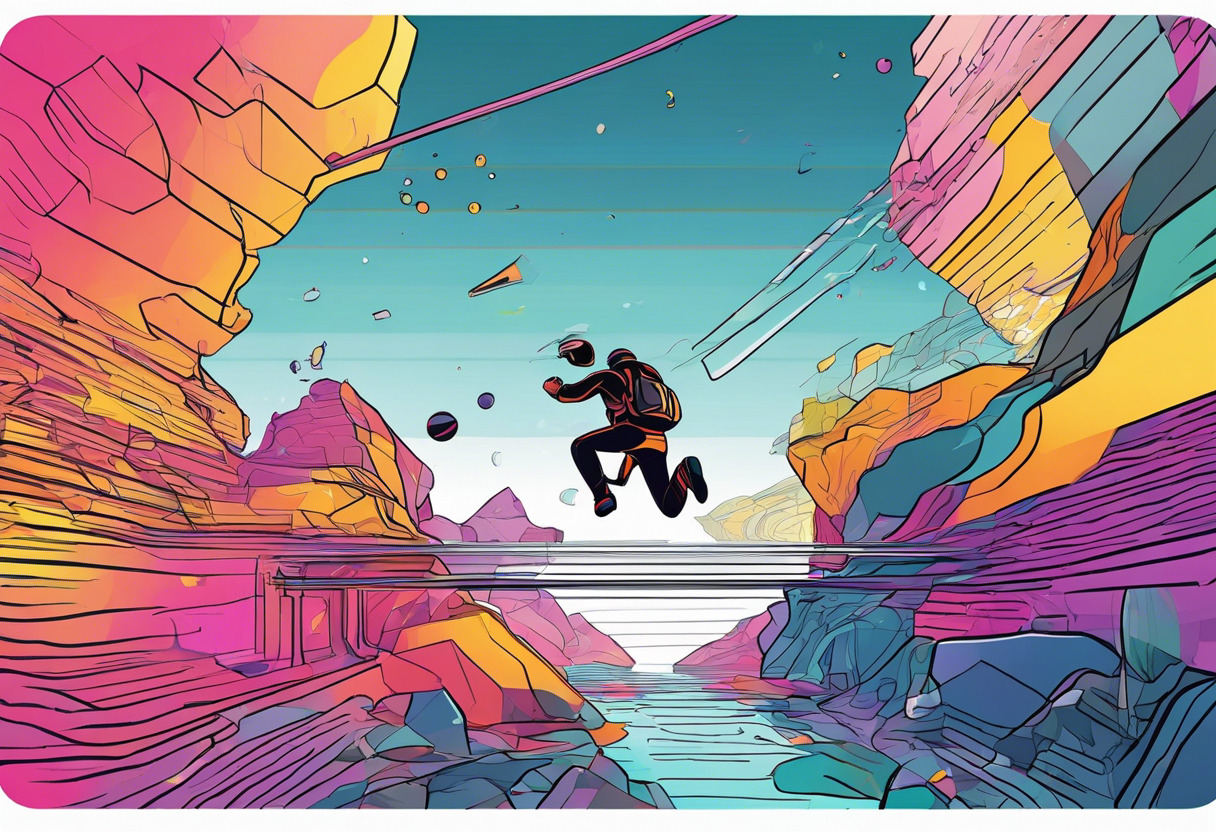
Pros of Virtual Reality
- Enables immersive, 3D experiences
- Promotes practical, hands-on learning
- Assists in hazardous situation handling, particularly for military
Cons of Virtual Reality
- Limited interactivity compared to 3D models
- Costly equipment
- Potential for physical discomfort during use
What Is Artificial Intelligence and Who’s It For?
Artificial Intelligence (AI) is a concept popularized in the early 20th century with defining developments occurring over several decades. AI is a framework of computer science centered on creating intelligent machines capable of individual tasks or decision making. Key advancements include the first AI program – Logic Theorist in 1956 and Deep Blue’s defeat of the world chess champion in 1997.
AI is a disruptive technology with wide applications. It caters to industries such as tech, banking, marketing, and entertainment, and holds potential in future developments like AI languages and driverless cars.

Pros of Artificial Intelligence
- Potential to surpass human cognitive abilities
- Ability to process large data sets and learn
- Applications in diverse sectors
Cons of Artificial Intelligence
- Persistent challenges with computational power
- High implementation costs
- Dependence on continuous data input for learning
The Verdict? Virtual Reality vs Artificial Intelligence
After a deep-diving comparison of Virtual Reality (VR) and Artificial Intelligence (AI), it’s clear each technology shines uniquely per audience segment. Let’s explore:
Game Designers & Developers
Choose VR. The progression from the Sensorama to Oculus Rift reveals an expansive VR landscape, effectively utilized for immersive, multisensory gaming experiences. VR’s inherent interaction with 3D models offers a perfect fit for you.

Tech Innovators
Consider AI. From Turing’s theoretical exploration to tech-giants investing billions, AI has demonstrated cutting-edge breakthroughs including speech recognition, driverless cars, and sophisticated data processing—essential tools for innovation.

Financial Services Industry
Opt for AI. Handling large data sets? ML’s continuous learning from input data and enabling high throughput data processing positions AI as your tech companion.

Military Strategists
Prefer VR. VR’s ability for remote hazardous situation viewing—spurred by ventures like Philco Corporation’s Headsight and NASA’s VIEW system—makes it an invaluable tech for strategic military applications.
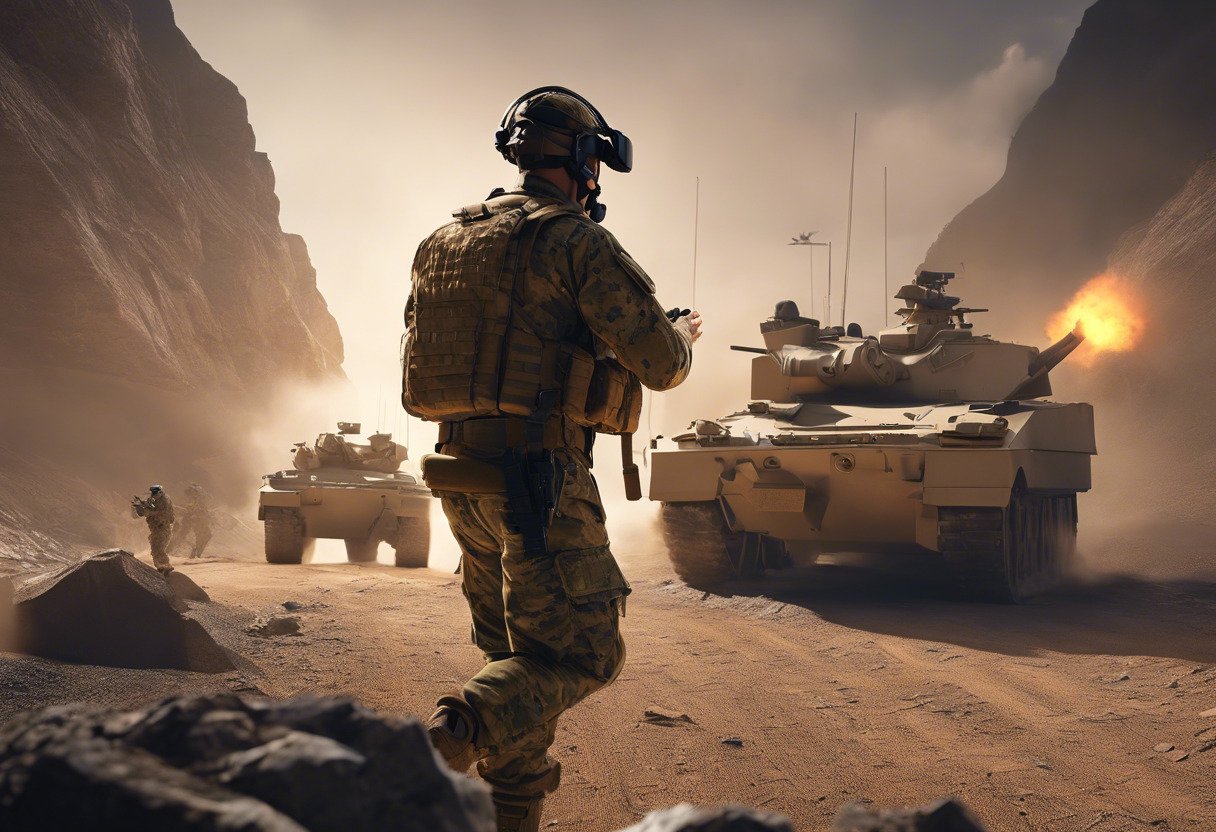
In a rivalry of VR vs AI, your choice ensures tech gains. While VR delivers immersive experiences and interaction with 3D models, AI is reshaping data processing, machine learning, and automation capabilities. It’s not one over the other, but which jigsaw piece fits your puzzle.
Patrick Daugherty
Content writer @ Aircada. Merging AR expertise with a love for late-night gaming sessions.



